Maple syrup is one of Canada’s most iconic sweet treats, loved for its unique flavour and natural origin. However,...
Search in blog
Blog categories
Latest posts
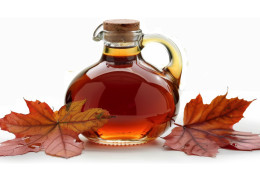
The first step to verifying the authenticity of maple syrup is to read the label carefully. Real maple syrup must be...

Maple syrup, a natural and sweet product, is much more than a simple delight for the taste buds. In addition to...

Wild blueberry charlotte is a recipe that celebrates the delicate and sweet flavors of this small blue fruit.

A lover of savory and sweet recipes, you will certainly like this original recipe for salmon tartare accompanied by...
Popular posts
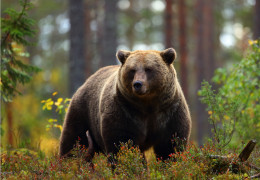
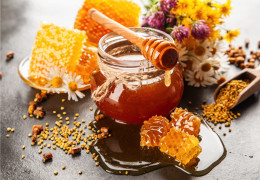





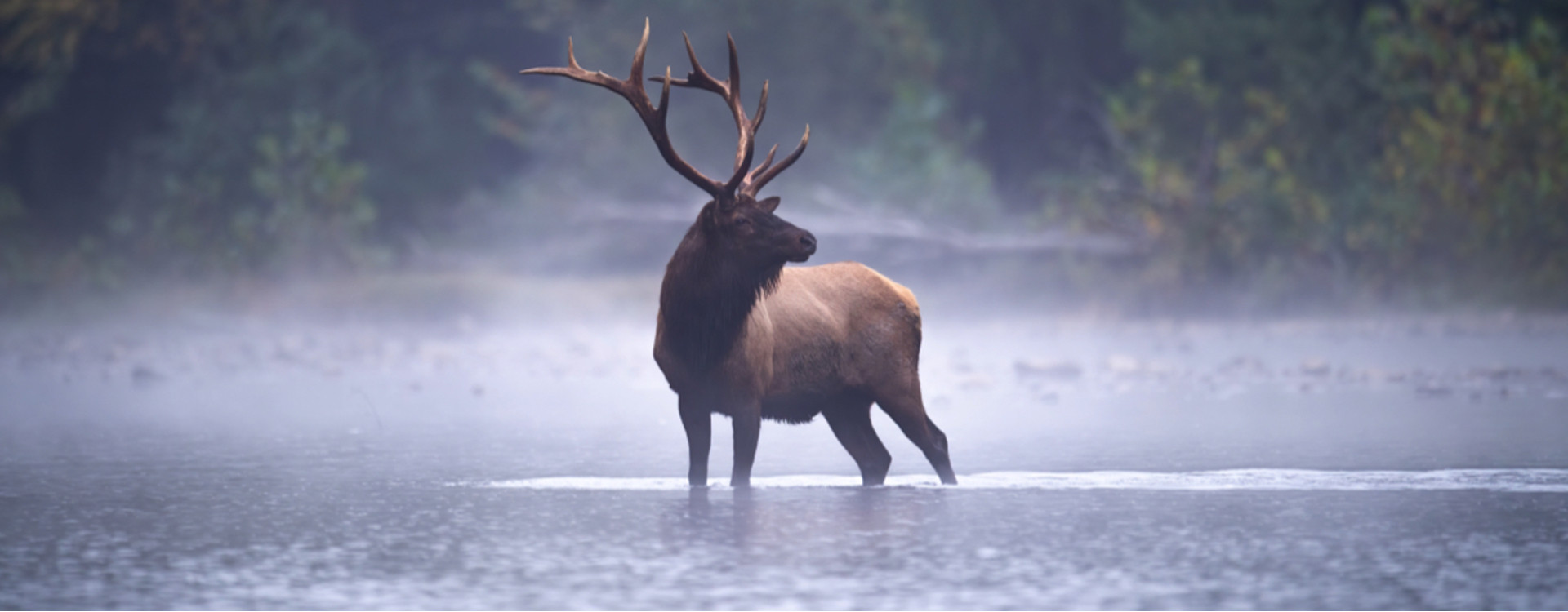
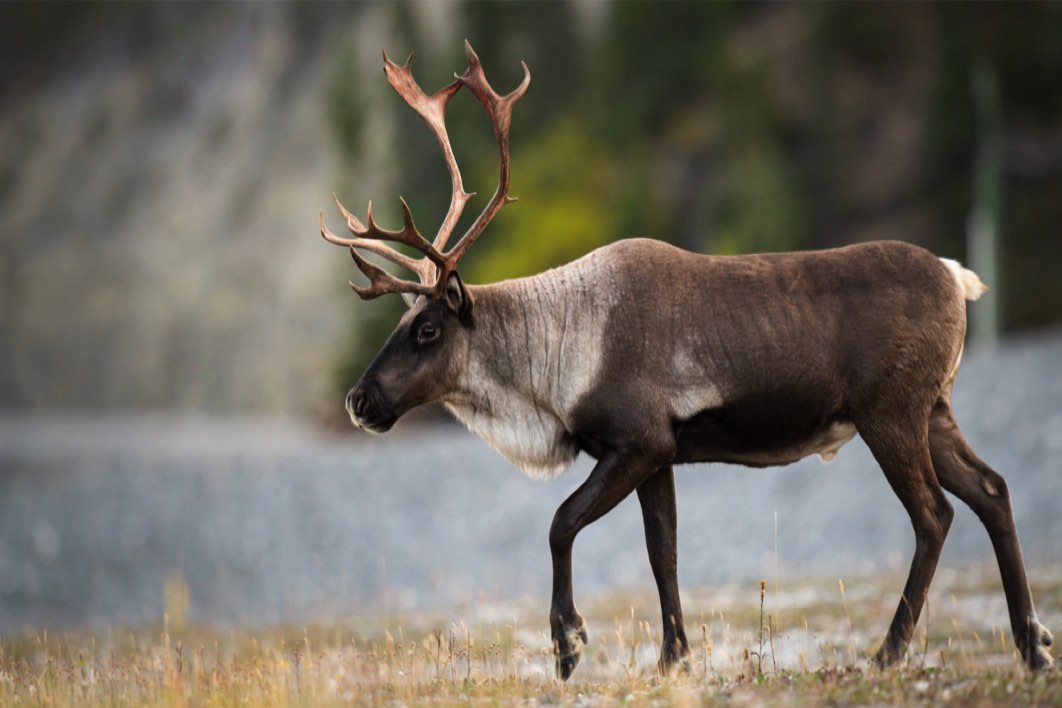

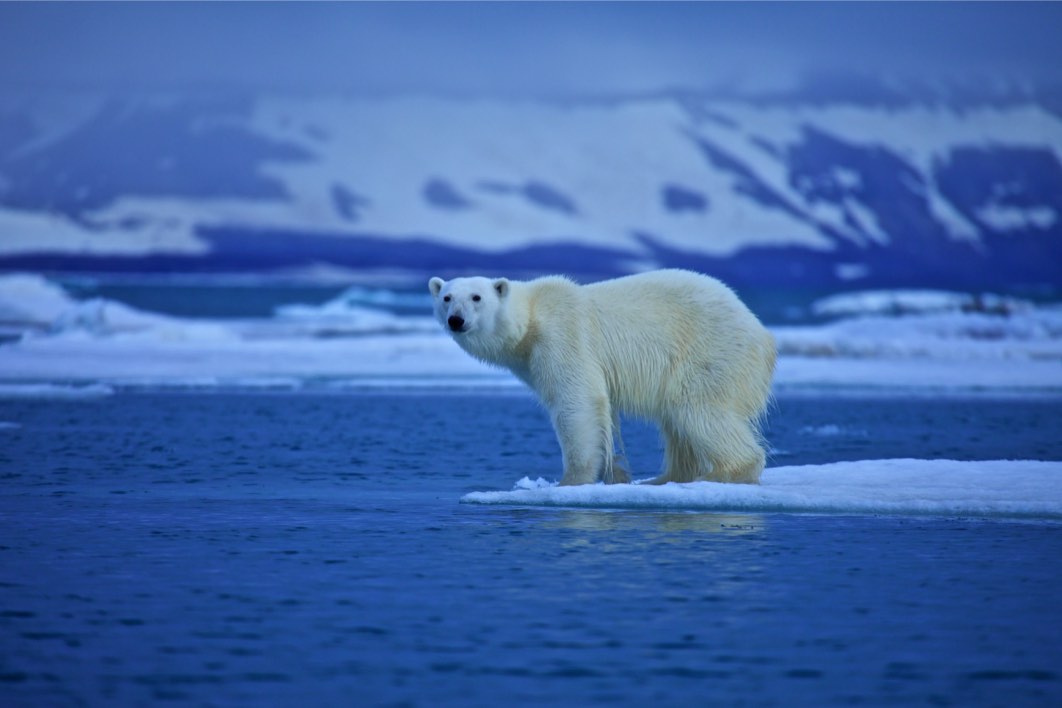
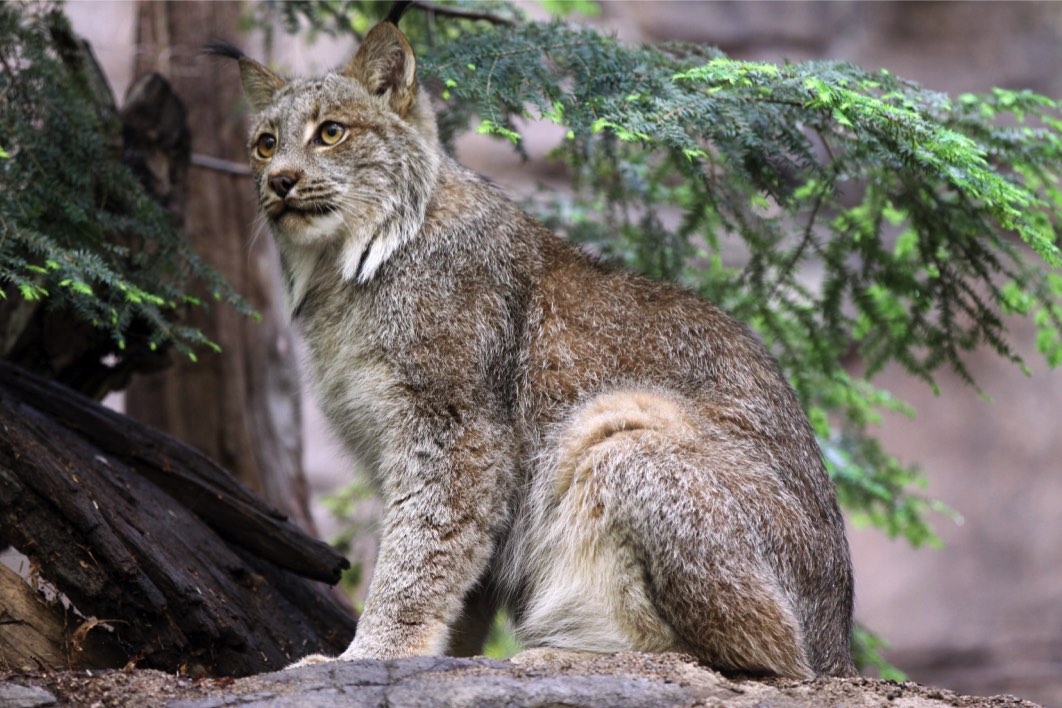
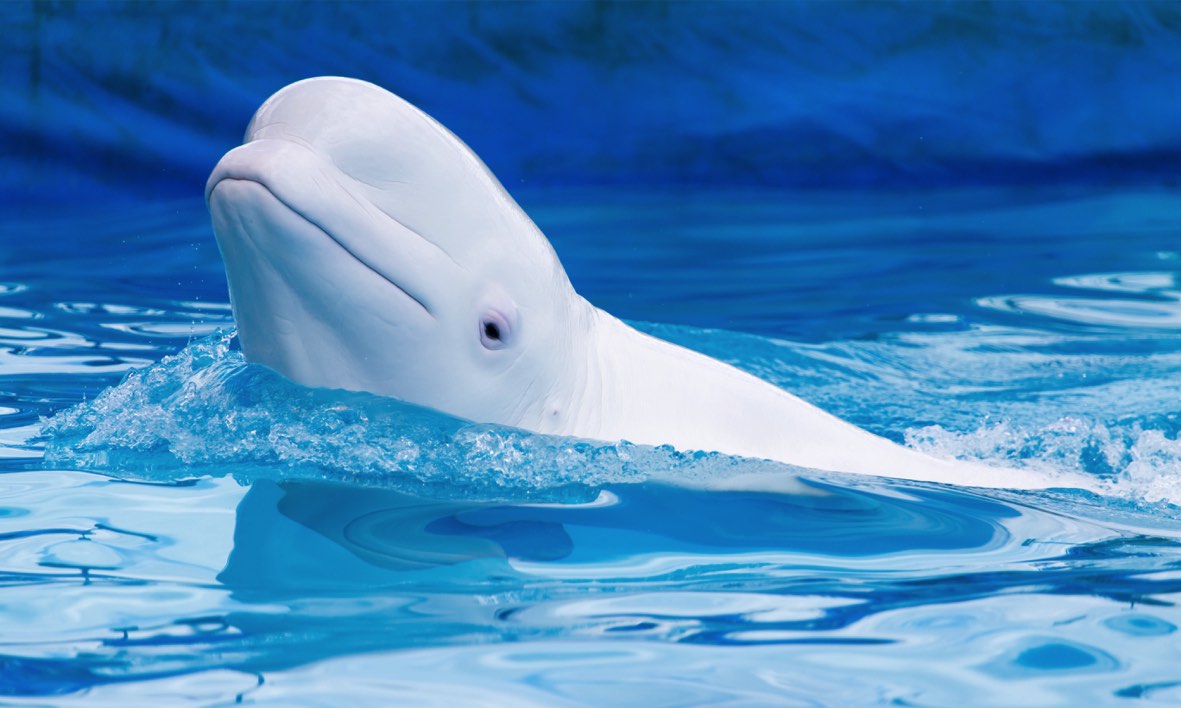
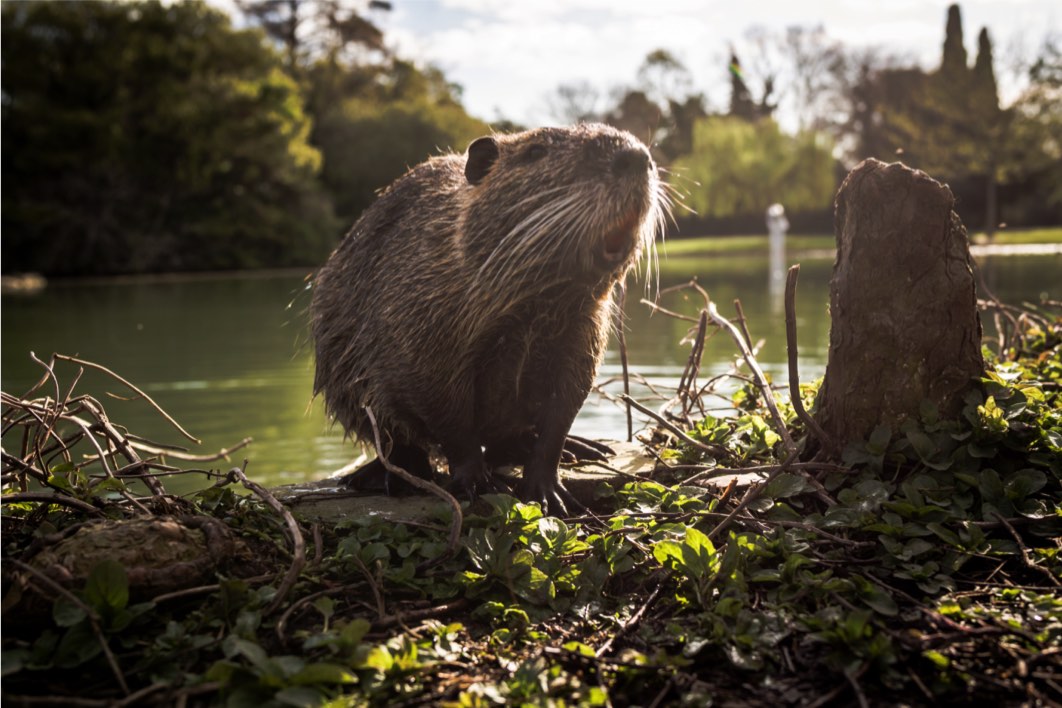
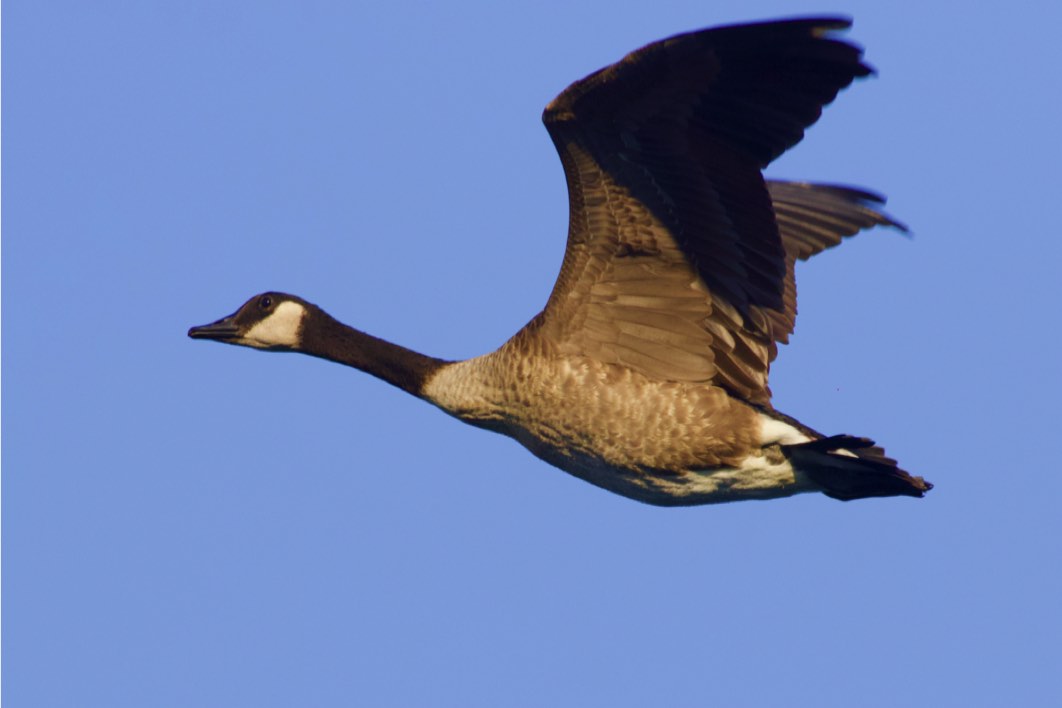
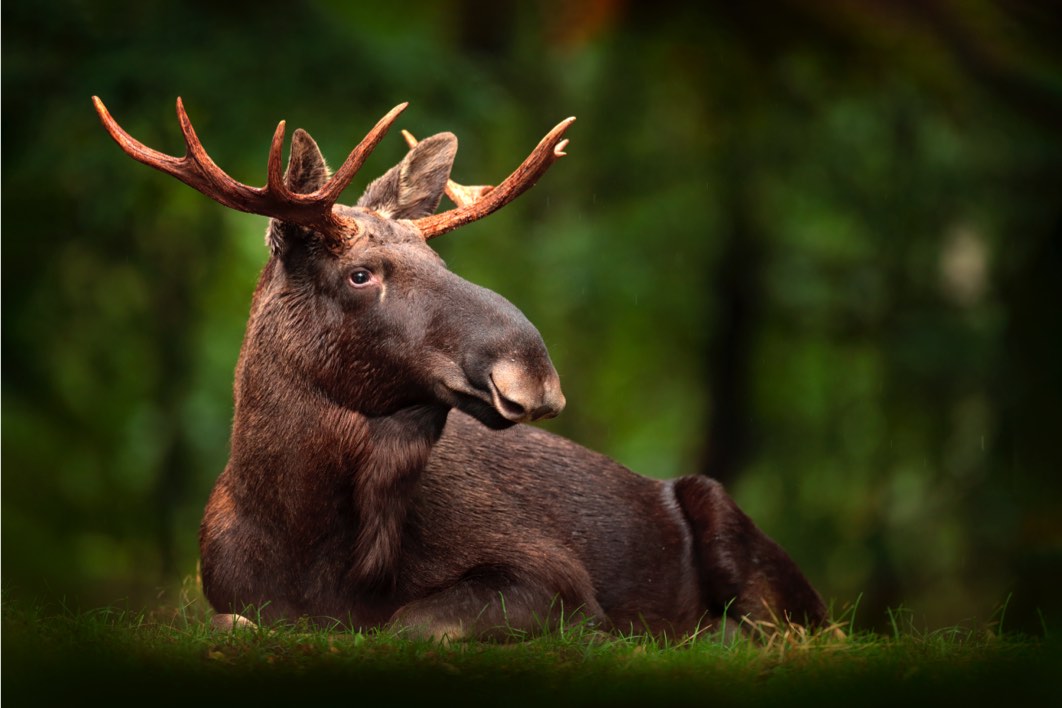
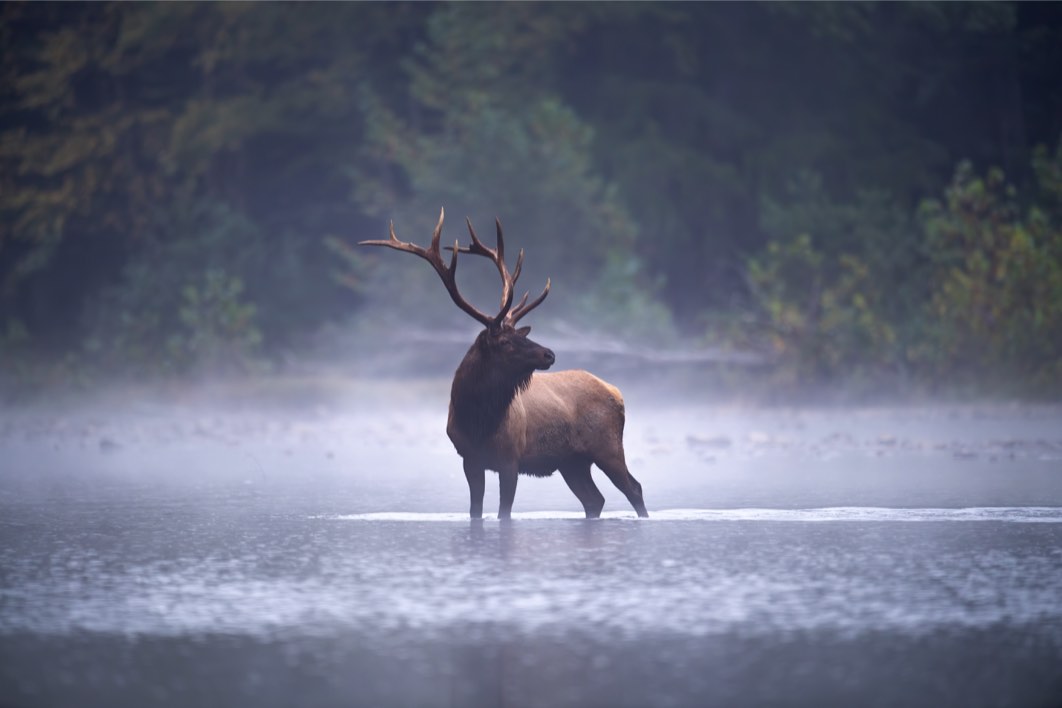
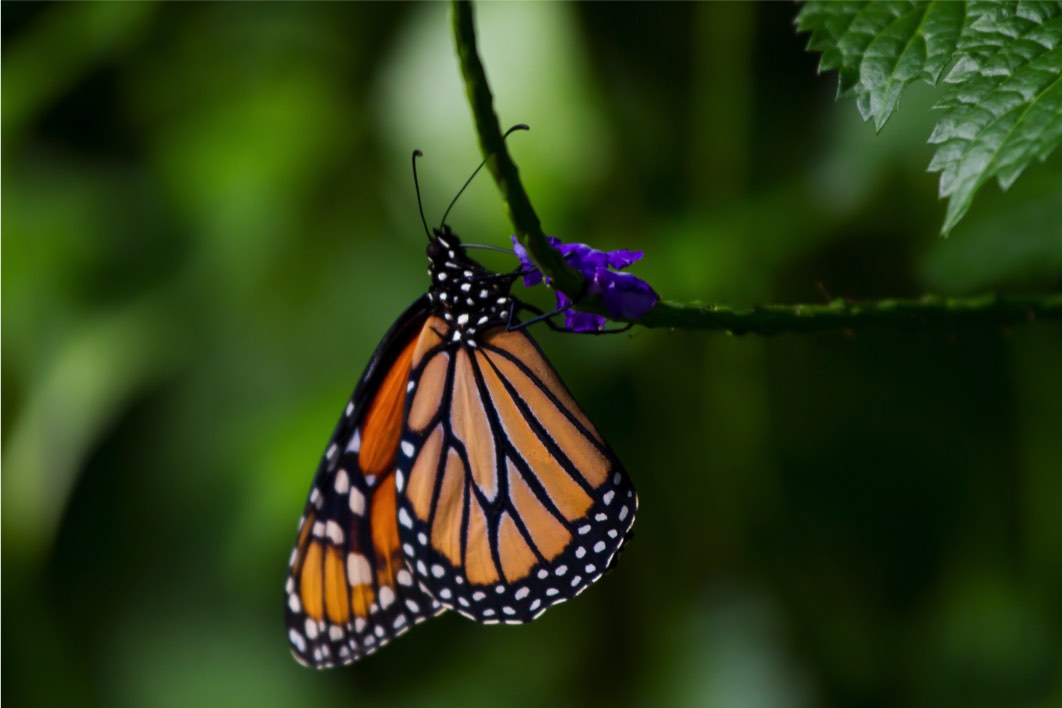
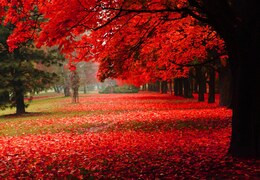

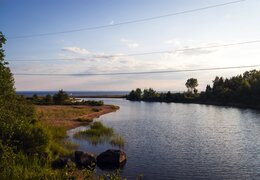

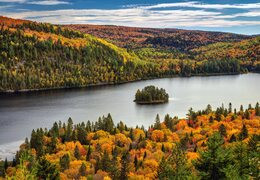
Leave a comment
Log in to post comments
Comments
Faune du Canada
By: Berthaud On 04/26/2024Très bonnes explications sur ces différents animaux qui peuple le Canada
hermosa naturaleza
By: Marco antonio ramirez reyes On 11/29/2023Hay que cuidar la naturaleza
Les animaux
By: Maxence On 10/10/2023Bonjour, cette article est très intéressant ça m'aide beaucoup.
Merci !
Les animaux
By: Maxence On 10/10/2023Bonjour, cette article est très intéressant ça m'aide beaucoup.
Merci !
Comentario
By: Estefania devia On 06/05/2023Me parece muy útil la información que brindan muchas gracias
Comentario
By: Estefania devia On 06/05/2023Me parece muy útil la información que brindan muchas gracias
Provenance
By: Lee On 06/23/2022If I want to tepost your photo of the elk, may I credit the photographer, or should I link to this site? Please provide the photo's name
Replied by: Grégory GOUDJO On 06/24/2022